Marc Bolan’s career can be divided into four parts. After his mid-’60s struggles as a beatnik soloist ended with a brief spell as John’s Children’s Pete Townshend figure, he resurfaced on the underground circuit fronting ragamuffin hippy duo Tyrannosaurus Rex. By early 1971, the weird-voiced, handsome-faced cult hero was ready to change again. The surprise success of Ride A White Swan prompted him to seize the moment and recast T.Rex as an electric four-piece. Within weeks, Bolan had become the new decade’s first pop superstar, the architect of glam rock who dominated all during its 1971-73 heyday. The final chapter saw an ignominious fall from grace that ended cruelly on September 16, 1977 with his death in a car accident at the age of 29.
It was especially cruel because Bolan had been enjoying a renaissance, with many punk acts – Swell Maps, The Damned and Siouxsie And The Banshees included – citing him as an inspiration. These children of Bolan’s revolution had made Marc hip again.
During the ’80s, despite the best attempts of superfan Morrissey – The Smiths’ Panic took its cue from T.Rex’s Metal Guru – his standing again fell into disrepair. The CD era was far kinder to his reputation. Oasis stole a few tricks, Placebo and Guns N’Roses covered his songs, even his old sparring partner David Bowiejoined Morrissey on stage for an emotional Cosmic Dancer. In recent years, Tyrannosaurus Rex have also having been unmasked as freak-folk pioneers, and Bolan’s star continues to shine brightly. Almost five decades on from his untimely passing, Bolan biographer Mark Paytress surveys the albums he left behind…
12.
T.Rex
Dandy In The Underworld
(EMI, 1977)
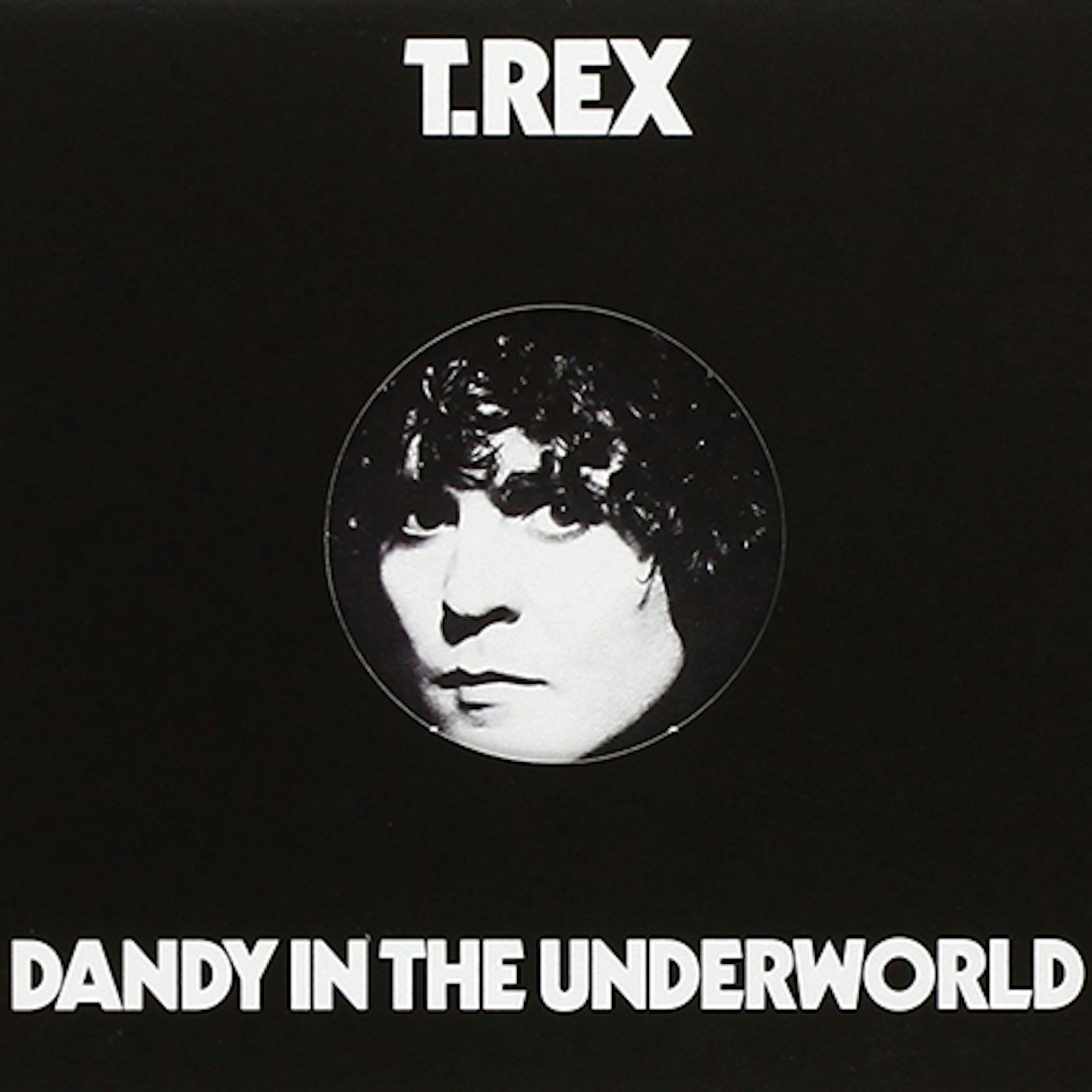
History regards Dandy In the Underworld as Bolan’s great comeback album. The reality is more complicated. It’s true that a rudimentary ethos runs through his 12th LP, inspired by the emerging punk rock movement that Bolan claimed (not incorrectly) was spearheaded by grown-up Rex fans. Trouble was, he seemed to surrender some of his magic: for the most part, Dandy… sounds decidedly normal, part ‘50s rock’n’roll, part synth-ruined mid-70s pop. There are two great exceptions: the opening title track is as fine a piece of self-mythologising as Bolan ever wrote, while set closer Teen Riot Structure revives a Tyrannosaurus-era wordiness. Alas, a new era of Marc Bolan was cut short.
11.
T.Rex
Futuristic Dragon
(EMI/T.REX, 1976)
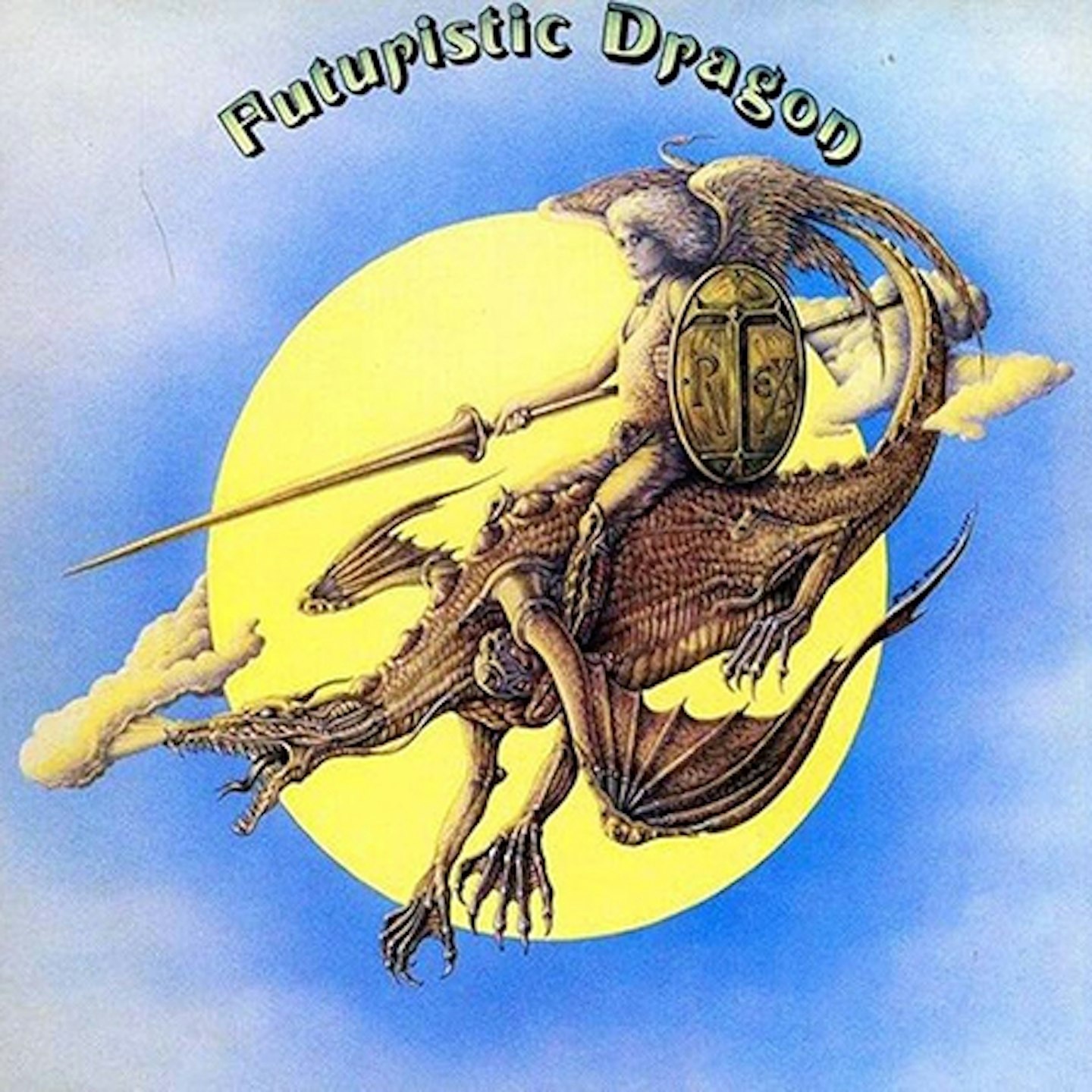
Just as it seemed Bolan’s career couldn’t sink any lower, he released a record with a naff title and cover to match. However, much on his penultimate album flies in the face of expectation. After the direct, abrasive production of 1975’s Bolan’s Zip-Gun, Futuristic Dragon returns to a more conventional blend of strings, brass and rock-band accompaniment. The album starts strongly, with echoes of glam on Jupiter Liar and the heavy groove of Chrome Sitar inspiring a highwire Bolan vocal. More gems are revealed deeper in, including the disco ballad Dreamy Lady, the minimal pop thrill of New York City and Dawn Storm, a plastic soul classic.
10.
Unicorn
(Regal Zonophone, 1969)
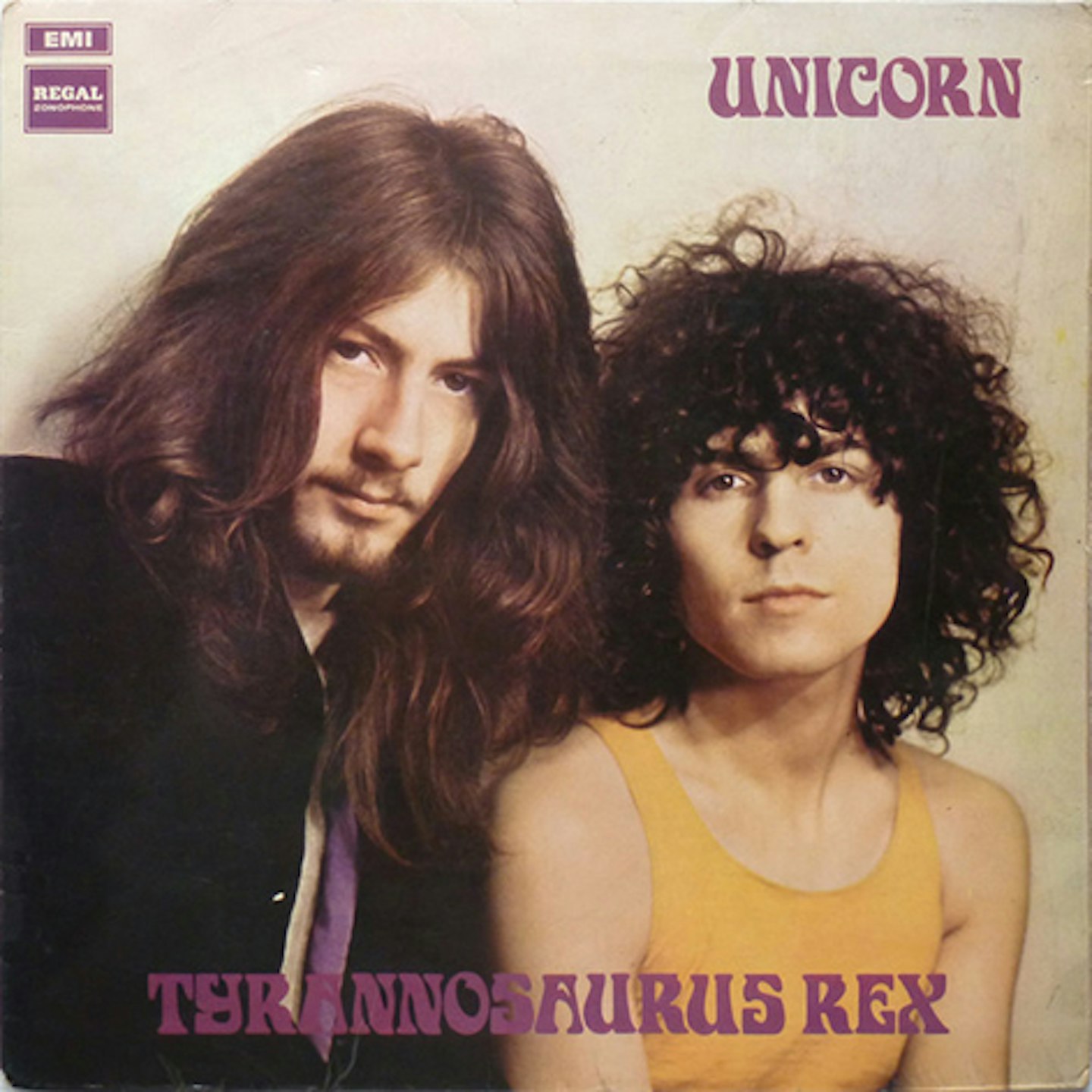
Out went the pots’n’pans sound of the early repertoire in favour of a more polished and more nature-focused work, often regarded as the most accessible Tyrannosaurus Rex album. Here was where Bolan and Visconti drew on their shared passion for new Beach Boys and old Phil Spector records. The booming Chariots Of Silk, She Was Born To Be My Unicorn and especially Cat Black (The Wizard’s Hat) revealed a more multi-dimensional sound. Warlord Of The Royal Crocodiles seemed to appease Took’s acid rock inclinations. Stones For Avalon could have been arranged for classical harp. Best of all was the plaintive Iscariot featuring Bolan Prince of Wails.
9.
Tyrannosaurus Rex
A Beard Of Stars
(REGAL ZONOPHONE, 1970)

Bolan’s long-term producer Tony Visconti is right to suggest that 1969’s Unicorn was Tyrannosaurus Rex’s “Phil Spector album”. But this March 1970 successor, the first to feature replacement percussionist Mickey Finn, probably just shades it thanks to sonic clarity and stronger material. Its reputation is partly obscured by album closer Elemental Child, a five-and-a-half minute electric guitar extravaganza that saw Bolan cross a new threshold. That’s unfortunate because rustic ballads such as Great Horse and Lofty Skies wear their hippy bliss lightly, Wind Cheetah sails close to gothic rock, and the quietly infectious By The Light Of The Magical Moon is enchanting.
8.
Tyrannosaurus Rex
My People Were Fair And Had Sky In Their Hair… But Now They’re Content To Wear Stars On Their Brows
(REGAL ZONOPHONE, 1968)
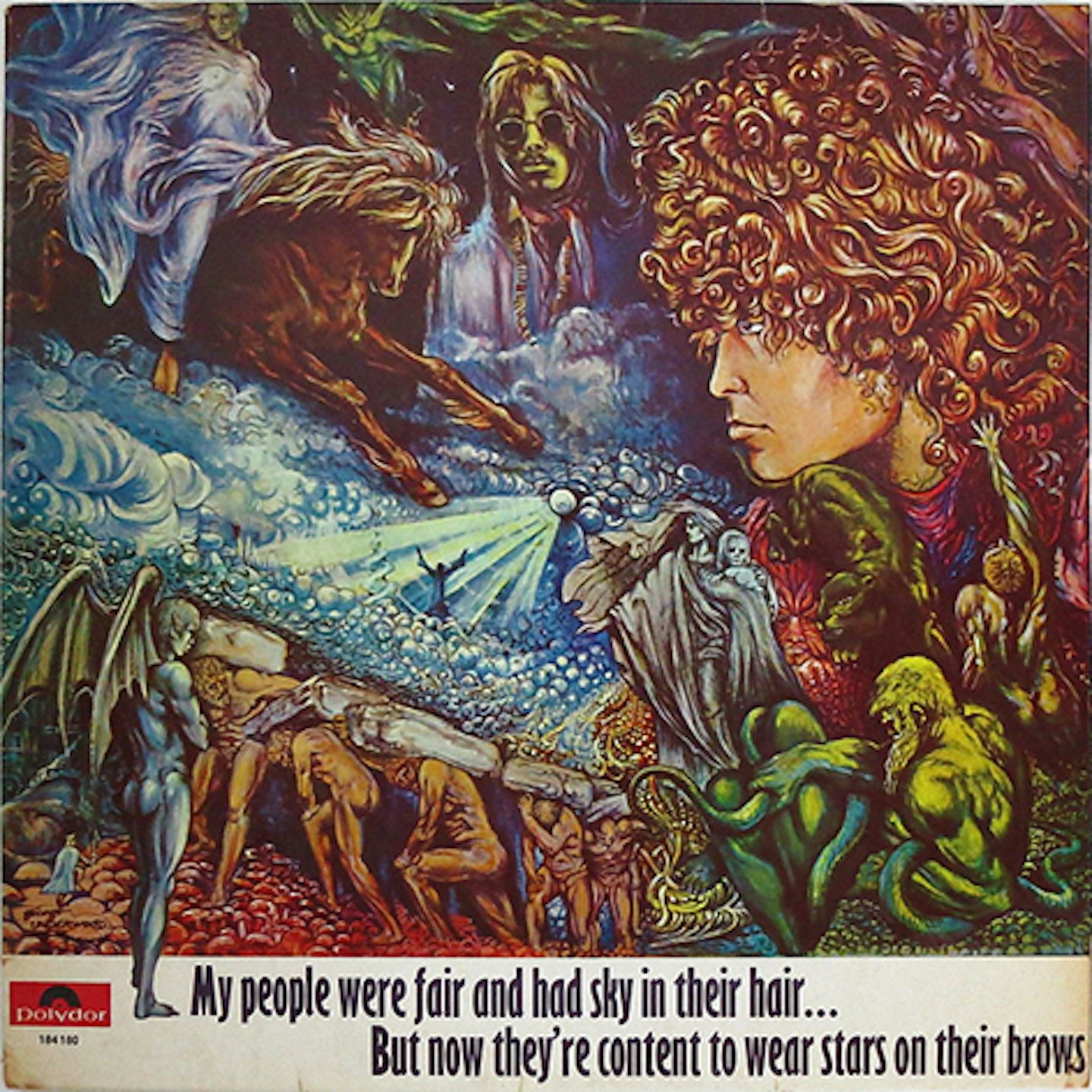
Everything about this record screamed ‘Underground’: the unlikely band name; the title that never ends; the myth-soaked sleeve artwork. Bolan’s songs, rich in characters, Summer of Love lore and bucolic mysticism were a perfect fit. The germ of the Bolan boogie revolution is heard in Hot Rod Mama and Mustang Ford, but the real charm lays in the ramshackle exoticism as Bolan’s battered acoustic fights to be heard above the patter of Steve Peregrine-Took’s assorted percussion instruments.
7.
T.Rex
Bolan’s Zip Gun
(EMI, 1975)
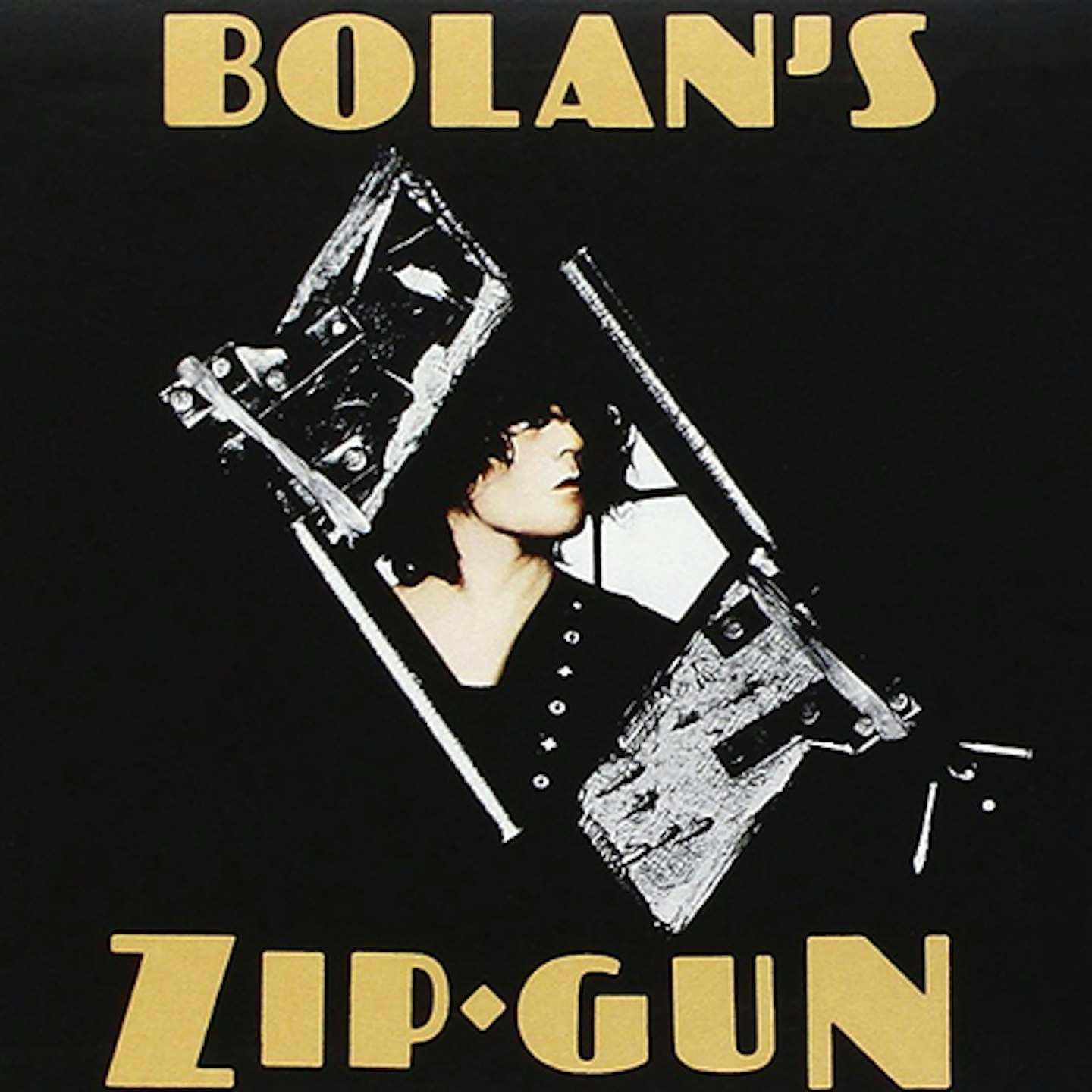
For years, this was regarded as the nadir of Bolan’s career. Today, thanks in part to Bolan’s bold, percussion-heavy production, it sounds more 21st century than anything else released in 1975. Bolan was virtually a forgotten man at home when recording this in LA during a lengthy exile from Britain. Freed from the past, he was now motivated by a desire to break the US market and celebrating his love with partner Gloria Jones – whose contributions are excellent. Among the many gems are a drum’n’sax-sodden Solid Baby, an irresistibly hypnotic Space Boss, and the best single Bolan never released, Think Zinc. Fan favourite Till Dawn harks back to the older sound.
6.
T.Rex
Tanx
(EMI/T.REX, 1973)
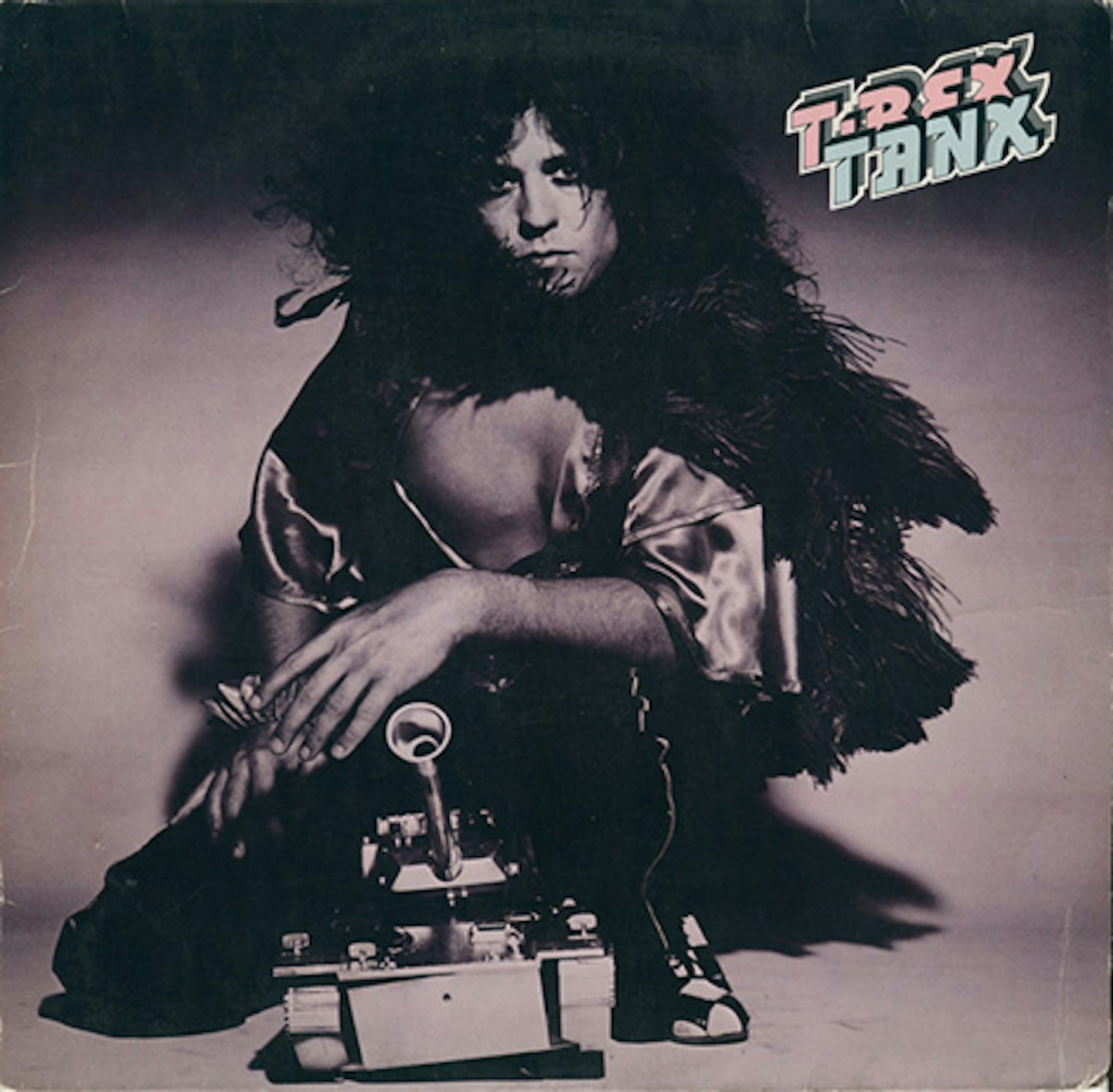
The last of the band’s long-playing big hitters, Tanx saw the emergence of a more subtle, textured T.Rex sound. With only Born To Boogie falling into the Rex-by-numbers trap, much here has an experimental, almost jetlagged feel, evidenced immediately on the two-part opener Tenement Lady. If both Shock Rock and Life Is Strange sounded some-what hackneyed, nonetheless there was a generous handful of fresher delights to savour. Electric Slim And The Factory Hen is big and tender, The Street And Babe Shadow sharp and sassy. For clues as to Bolan’s future direction, the epic gospel closer Left Hand Luke And The Beggar Boys says it all.
5.
Marc Bolan & T.Rex
Zinc Alloy And The Hidden Riders Of Tomorrow - A Creamed Cage In August
(EMI/T.REX, 1974)
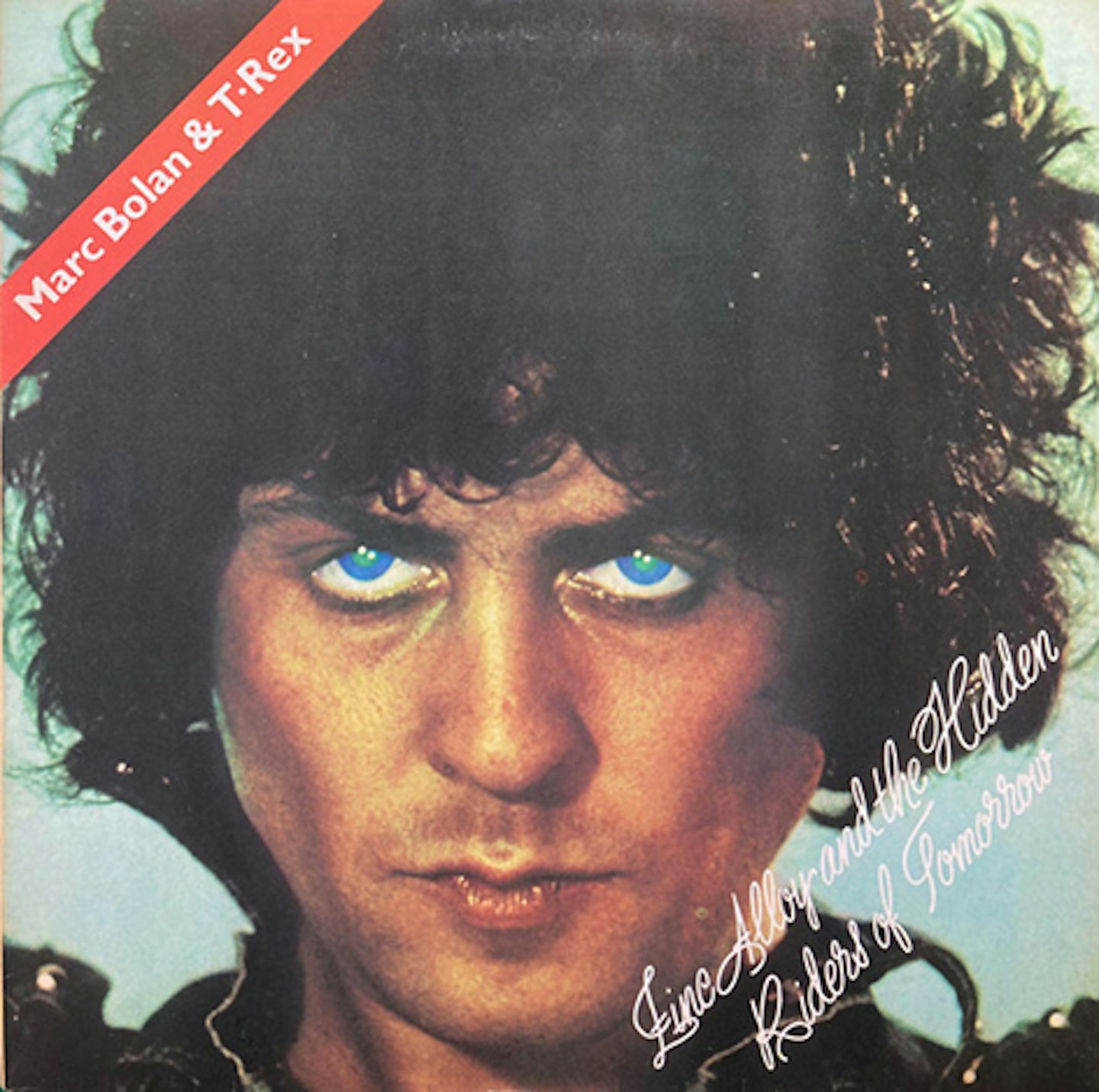
By mid-1973, when much of this was recorded, Bolan was running out of puff. Like Bowie, he was in thrall to current US soul, the studio presence of new girlfriend Gloria ‘Tainted Love’ Jones further encouraging a headlong dive into a new sound. Critics weren’t convinced, but this expansive, 14-track sonic folly is ripe for reappraisal. Out went ‘Bolan boogie’; in came what he called “space-age funk” (with the carefree Interstellar Soul, soul-searching Change and overblown Teenage Dream).
4.
Tyrannosaurus Rex
Prophets, Seers & Sages: The Angels Of The Ages
(Regal Zonophone, 1968)
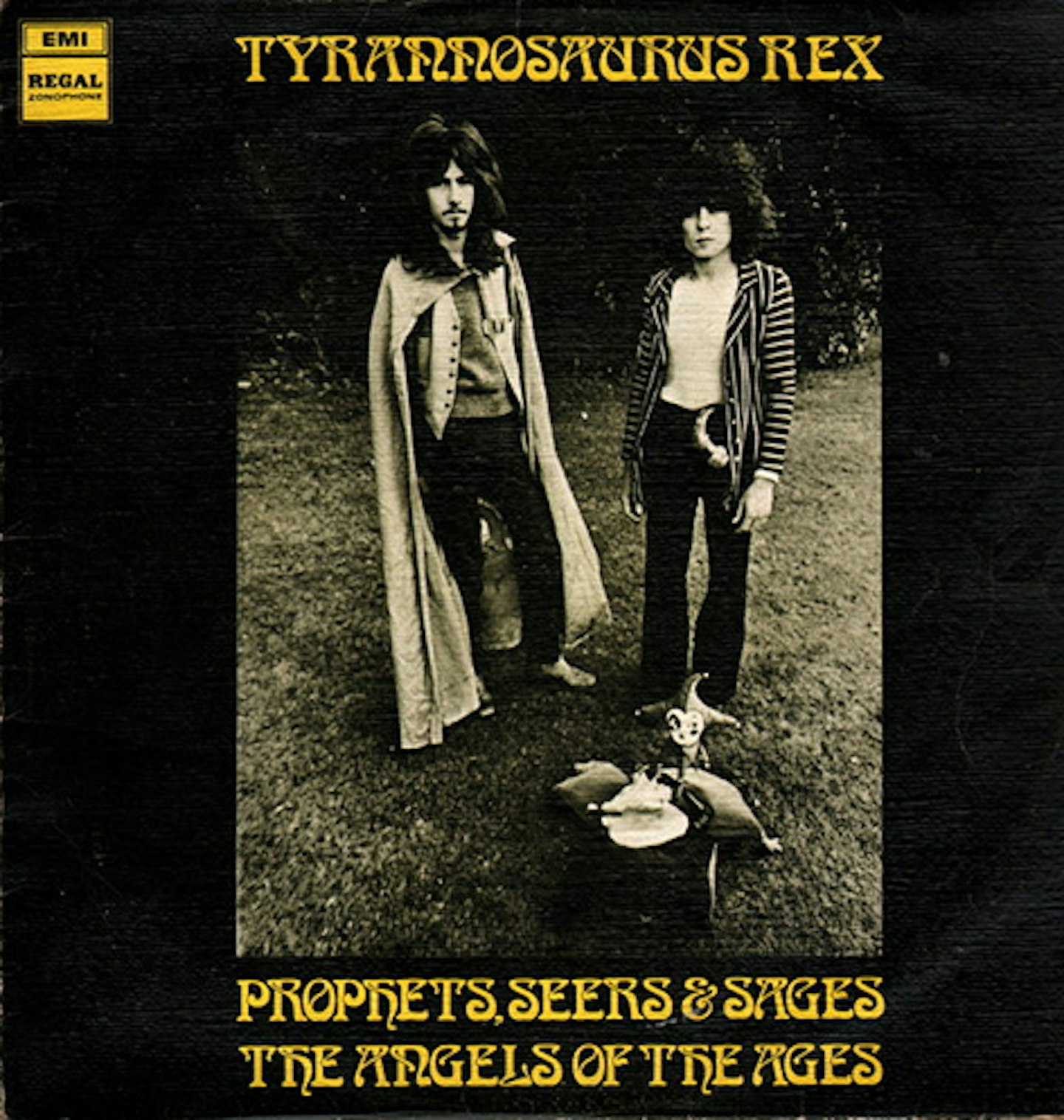
After a Top 20 spring ’68 debut album, Tyrannosaurus Rex returned in the autumn with this follow-up. It was an instant upgrade – better production, richer song arrangements, confident performances, and with Bolan at his indecipherable best. Minor hit single Debora was reprised, now with its second half psychedelically featuring the first half in reverse. Bolan and Took were never tighter than on Salamanda Palaganda: while the percussionist gives his bongos a pasting, Bolan’s vocal is all mystic urgency. The song ends with the pair making sweet “Ta-whit A-whoo” bird sounds. The spirit of C.S. Lewis’s Narnia Chronicles hangs heavy, though Flower Power’s novelty was wearing off – there would be no chart placing this time.
3.
T.Rex
T.Rex
(FLY, 1970)

Although four Tyrannosaurus Rex albums had elevated him to second-tier rock respectability, by 1970 Bolan was becoming restless. With the failure of hippy-era innocence and the rise of hard rock, the duo’s first response had been the semi-electric A Beard Of Stars. Released in the winter of 1970, having adopted a streamlined name and with a sleeve that turned the duo of Bolan/Mickey Finn into pin-ups, T.Rex was a more confident leap into the new decade. There were cosmic vibes (The Children Of Rarn), plunges into the past (One Inch Rock, The Wizard), rock-outs (Jewel) and some of Bolan’s sweetest songs (Suneye, The Visit). The tie-in hit, Ride A White Swan, figures among the bonus tracks on later expanded editions.
2.
T.Rex
The Slider
(EMI/T.REX, 1972)
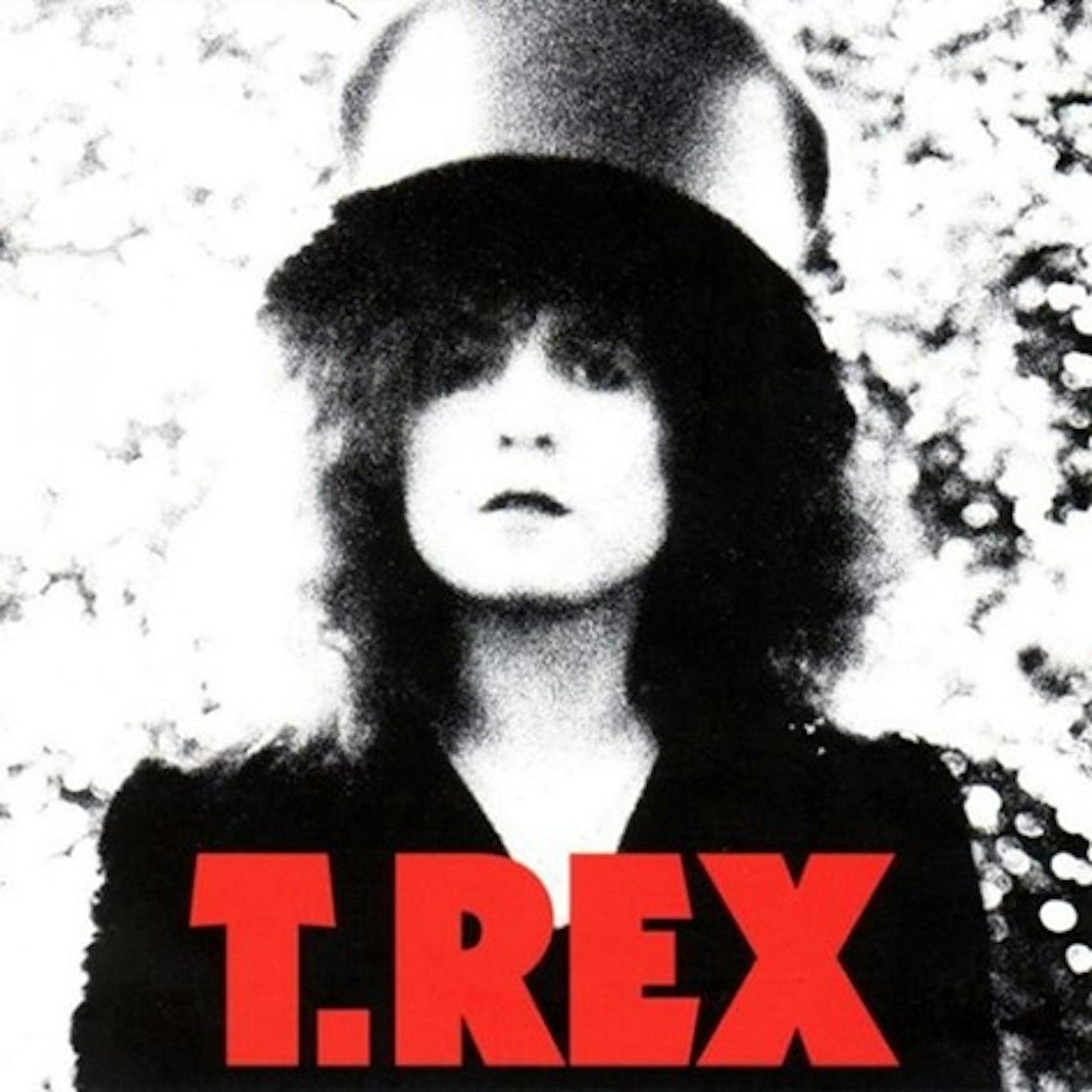
The press accused Bolan of laziness and it didn’t achieve a Number 1 chart-placing, but four decades after its release The Slider sounds as near perfect a glam-era album as you’ll ever hear, being a far more focused and musically rounded affair than predecessor Electric Warrior. Any album that kicks each side off with an effervescent Number 1 hit (respectively Metal Guru and Telegram Sam) promises to be joyous, but while Rock On and Baby Boomerang prolong the celebration, the magnificent, low-slung title track unpacks a melancholy tone that cuts a dramatic swathe through much of
the record, from vulnerable Spaceball Ricochet to emotional closer Main Man.
1.
T. Rex
Electric Warrior
(FLY, 1971)
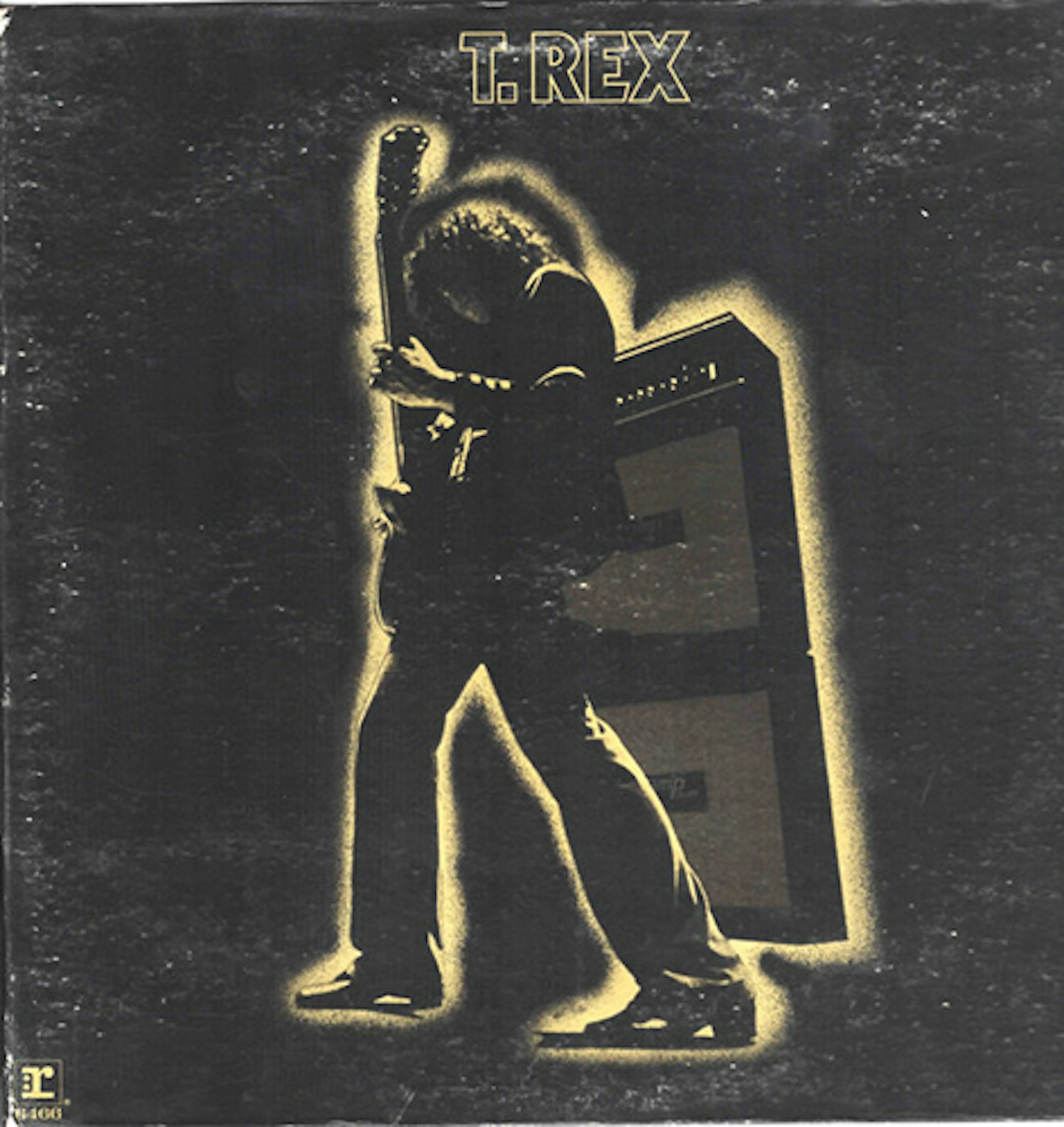
The collapse of The Beatles left a vacuum at pop’s heart, and Jimi Hendrix’s death robbed rock of its most convincing deity. Up rolls Bolan to bring an electrifying, classy vibe to a singles chart grown stale. Electric Warrior finds Bolan rejuvenated, fronting his new four-piece to create a fresh pop mood with panache and confidence. The opening Mambo Sun, all voodoo vibe and latent sexual energy, sets it up perfectly. Get It On and Jeepster were inevitable hits. The autobiographical Cosmic Dancer made everyone shudder. Ex-Turtles Flo and Eddie added trademark falsettos. A quintessential rock album.
Main photo: Michael Putland/Getty
